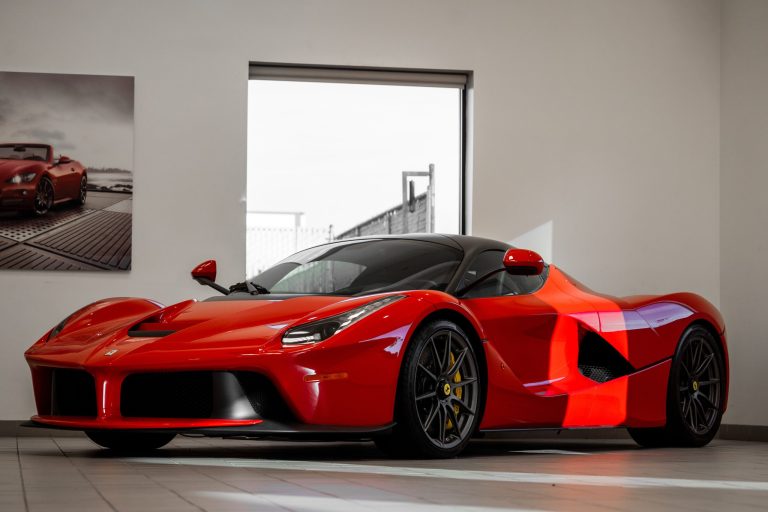Luxury sports carmaker Ferrari NV scaled back its electrification ambitions on Thursday while offering a first look at the technology underpinning its debut electric vehicle, “Elettrica.”
The move, revealed at the company’s Capital Markets Day event, reflects a strategic recalibration toward a more balanced product mix in response to evolving market dynamics and client preferences.
The Maranello-based automaker said it now expects its 2030 lineup to comprise 40% internal combustion engine (ICE) models, 40% hybrid, and 20% fully electric cars.
This marks a shift from its previous goal of 40% EVs by the end of the decade.
Ferrari attributed the change to a client-centric approach, the prevailing industry environment, and its projected evolution over the next five years.
Shares in Ferrari dropped sharply following the announcement, with Milan-listed stock falling 13% and US-listed shares down 11.3% in premarket trading on Thursday.
First look at ‘Elettrica’
As part of its technology and innovation workshop, Ferrari unveiled the production-ready chassis and powertrain of its upcoming “Elettrica” — its first fully electric vehicle.
The company said the model would enter production in 2026, with deliveries expected to begin later that year.
The completed vehicle is scheduled for a global premiere in 2026.
“With the new Ferrari elettrica, we once again affirm our will to progress by uniting the discipline of technology, the creativity of design and the craft of manufacturing,” said John Elkann, Ferrari’s executive chairman.
The “elettrica” is expected to showcase Ferrari’s trademark engineering precision while integrating advanced electric propulsion technologies developed in-house.
The company’s EV facility in Maranello is central to this effort, designed to ensure the same craftsmanship standards associated with its combustion-engine cars.
EV slowdown
Ferrari’s shift mirrors a broader industry trend, with several global automakers dialing back EV sales targets amid sluggish consumer adoption, limited charging infrastructure, and increasing competition from Chinese manufacturers.
Sweden’s Volvo Cars, for example, abandoned its high-profile commitment to go fully electric by 2030, stating last year that it must remain “pragmatic and flexible” in adapting to shifting conditions.
Despite the recalibration, Ferrari’s overall growth trajectory remains robust.
The company’s active client base has expanded to 90,000, up 20% from 2022, underscoring continued demand across its portfolio.
Ferrari also confirmed plans to launch an average of four new models per year between 2026 and 2030, reinforcing its focus on product diversity and innovation.
Analysts see strong long-term fundamentals
Analysts at JPMorgan struck an optimistic tone following the presentation, expressing confidence in Ferrari’s strategic execution capabilities.
“We have a great deal of confidence in management’s ability to execute on its long-term plan given ample evidence that demand currently far outstrips supply,” the bank said in a note.
They added that CEO Benedetto Vigna’s leadership style had “challenged the company to capitalise on collaboration to increase the speed at which it embraces innovation,” and that an imminent Supercar launch could further boost profitability.
The post Ferrari shares crash over 10% after teasing new EV: what happened? appeared first on Invezz

